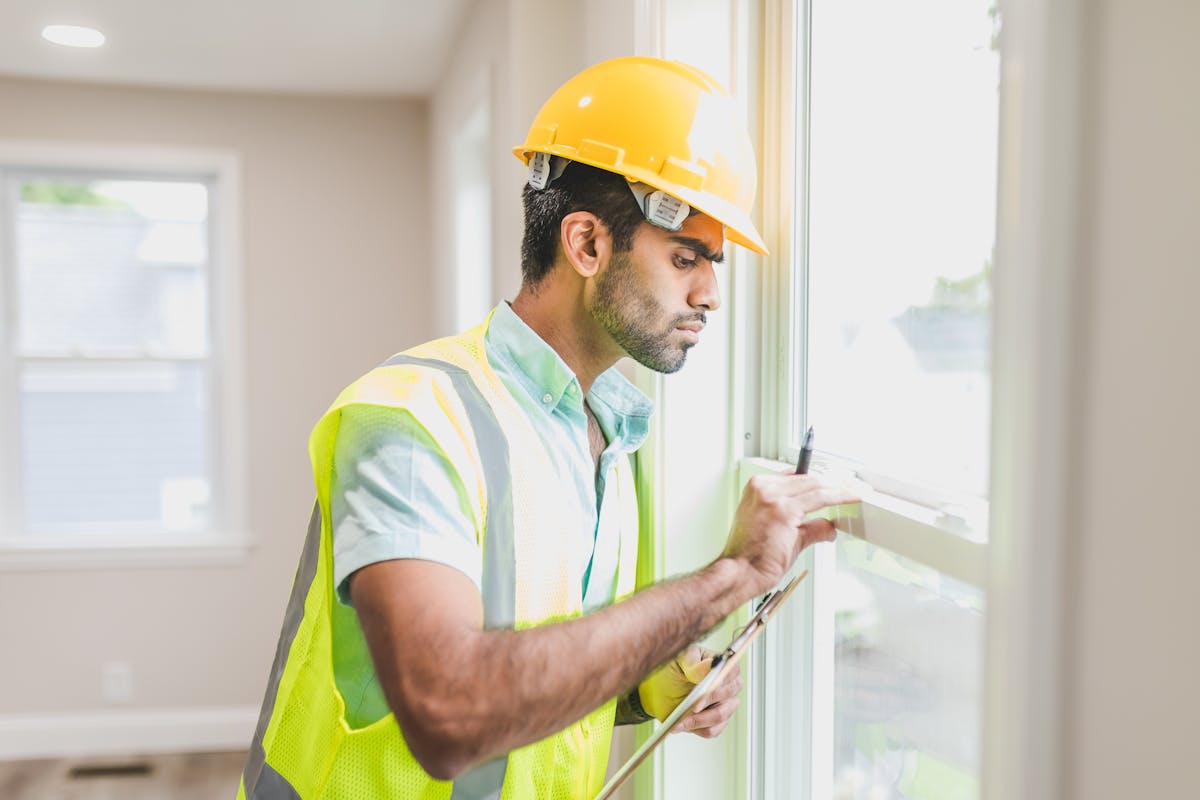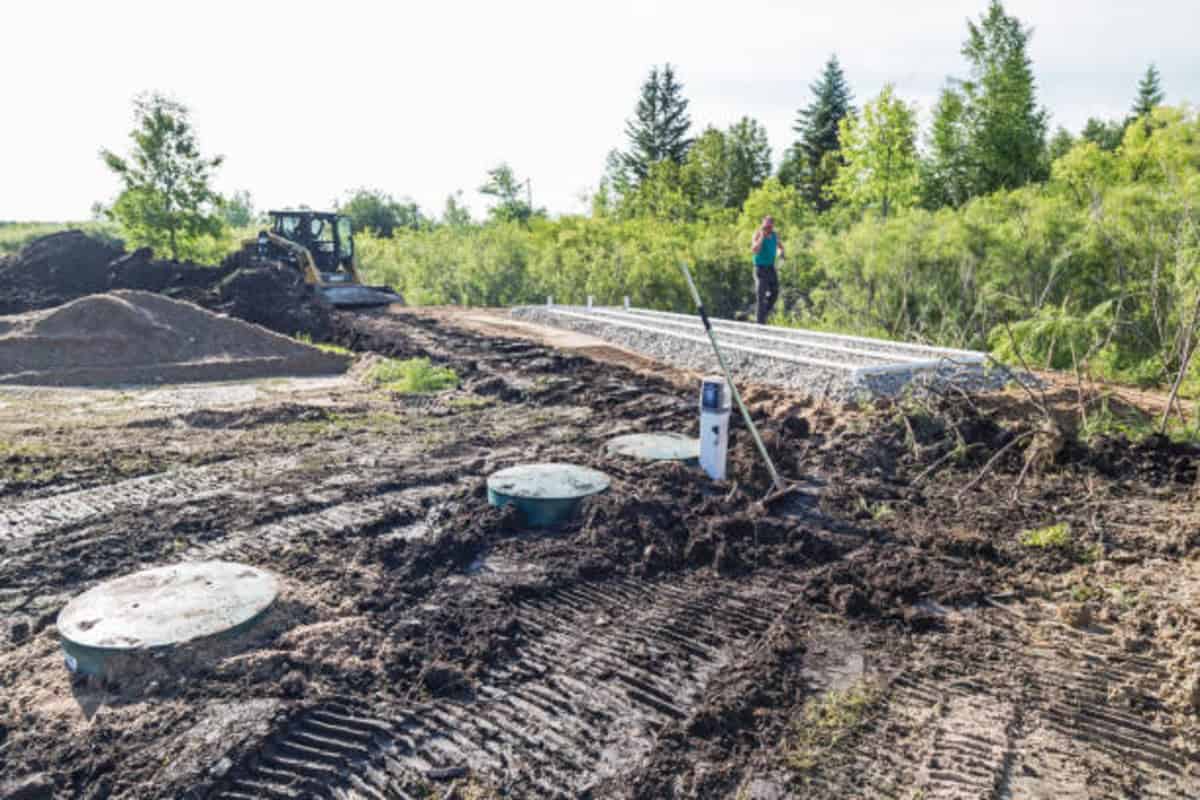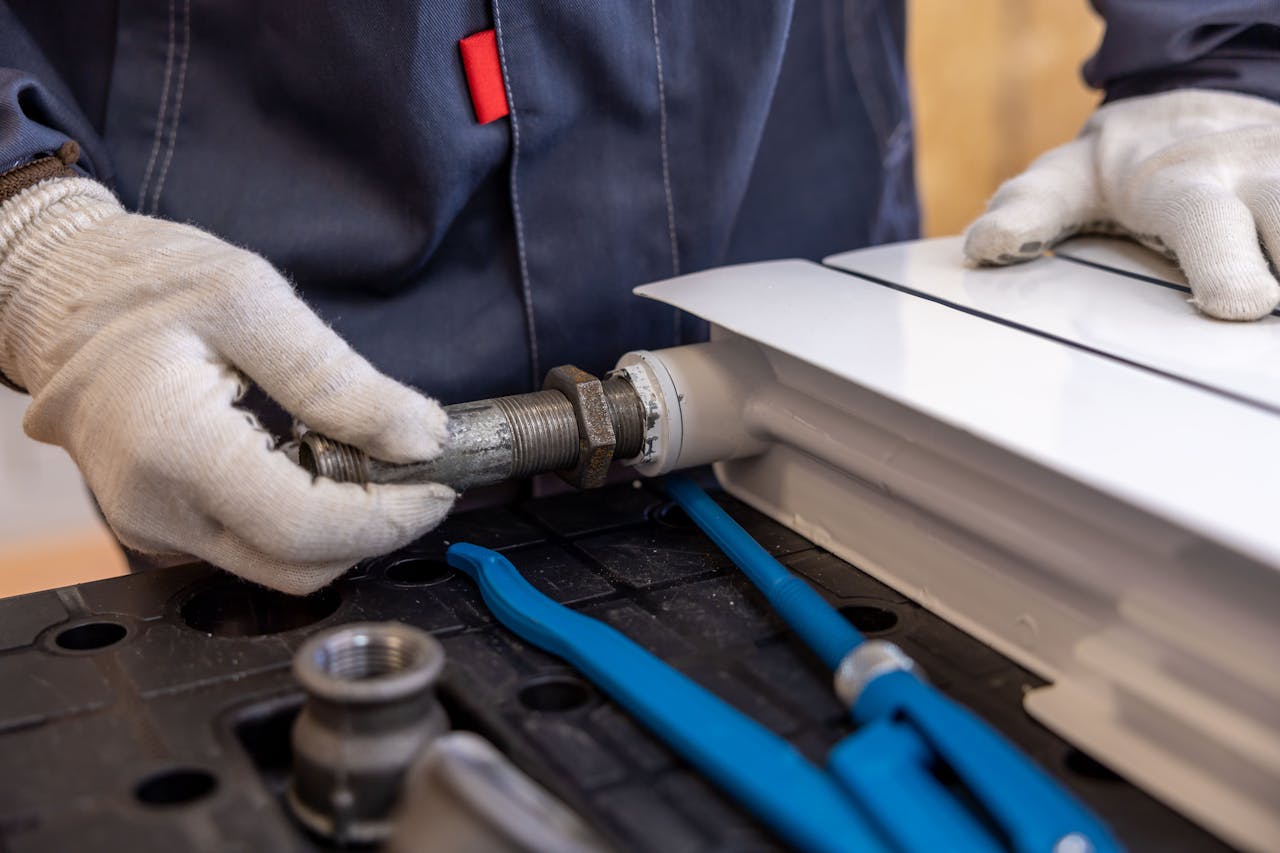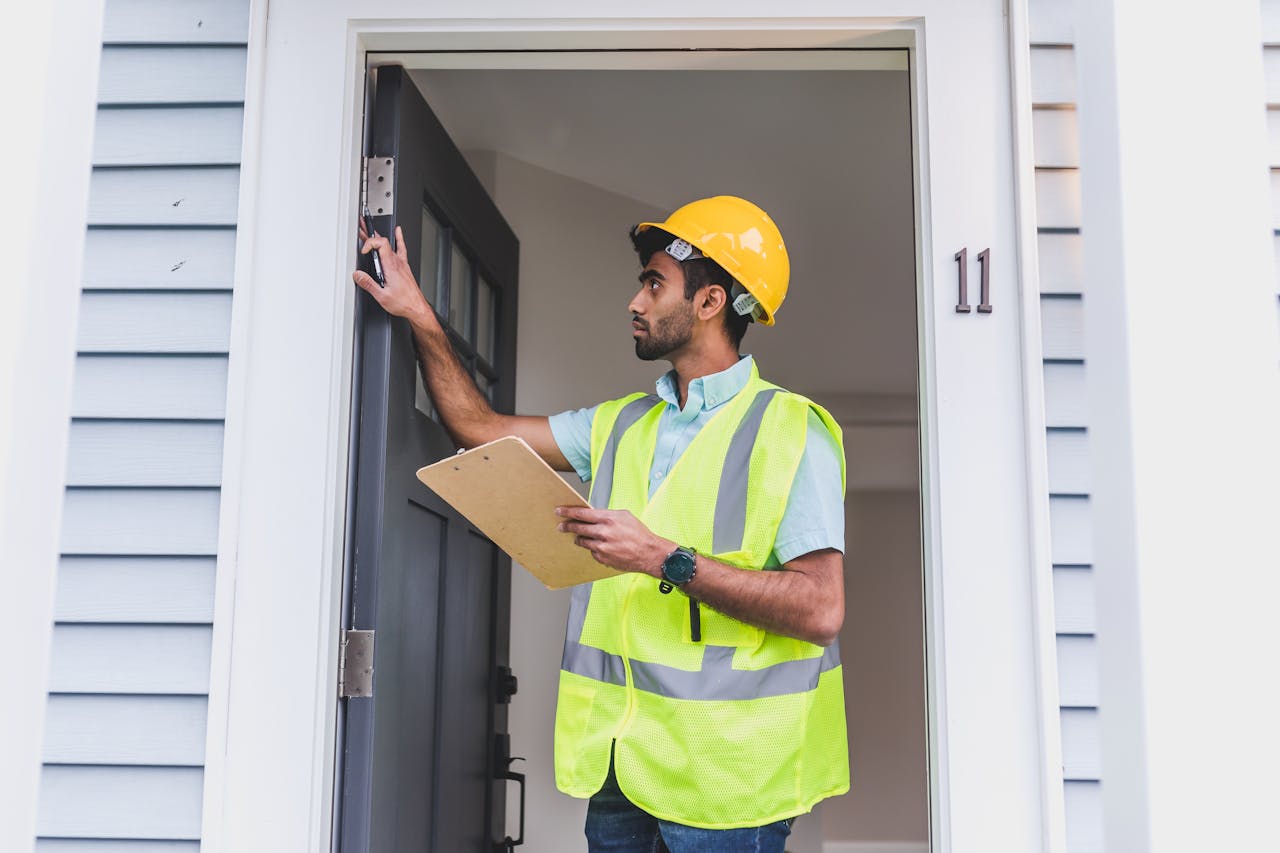by Flinn Inspections
Share
by Flinn Inspections
Share
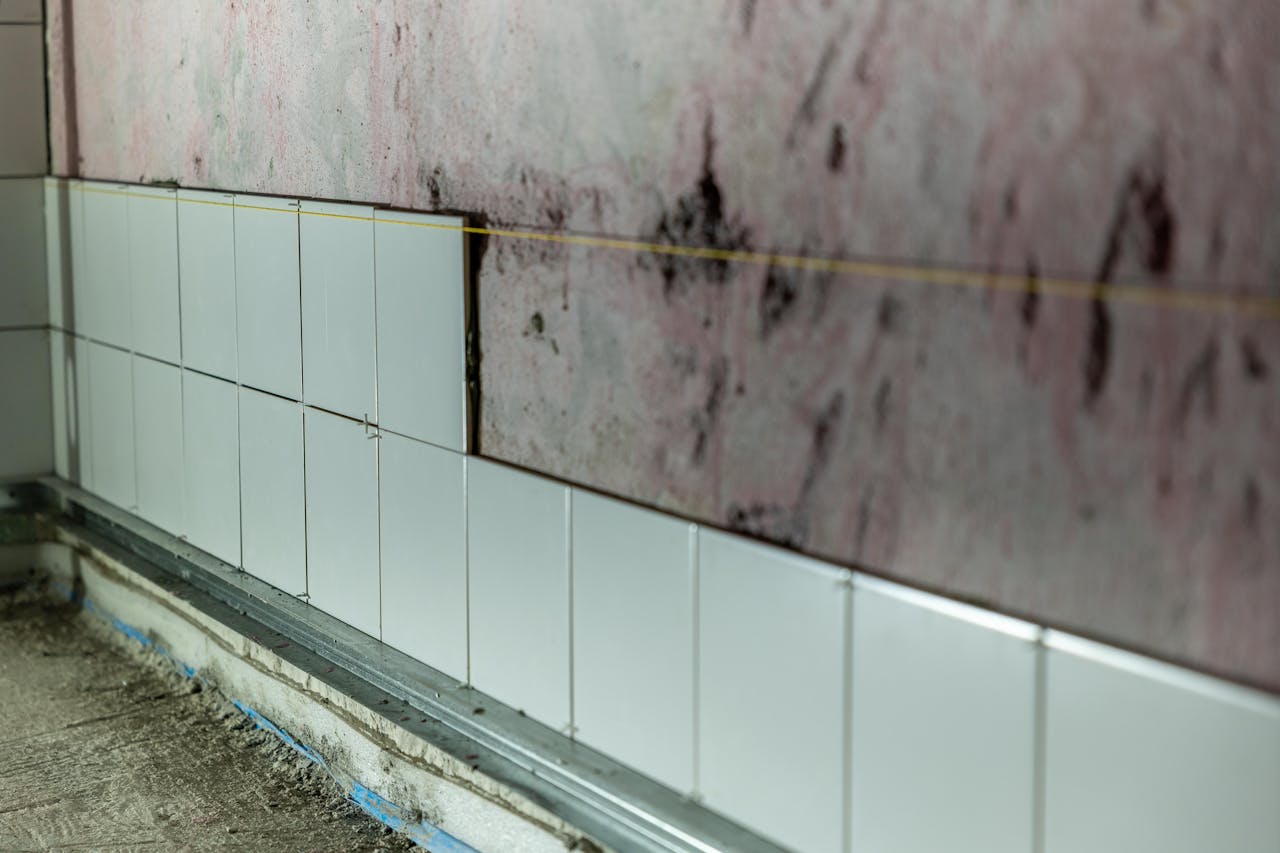
Introduction
Mold in your home isn’t just unsightly, it can be a silent health hazard. Many homeowners think of mold as a cosmetic or property issue, but its impact goes far beyond that. Removing mold not only makes your home safer but also improves your overall well-being in ways you may not expect. Let’s dive into the surprising health benefits of mold removal for you and your family.
Understanding Mold and Its Impact
Mold is a fungus that thrives in damp and humid environments. It reproduces by releasing microscopic spores into the air, which can spread throughout your home. Common household molds include Aspergillus, Cladosporium, and Stachybotrys (black mold).
Exposure to mold can trigger symptoms like sneezing, coughing, watery eyes, rashes, and fatigue. In severe cases, it can worsen asthma, damage the lungs, and even impact neurological health. That’s why eliminating mold is more than home maintenance, it’s essential for your health.
8 Surprising Health Benefits of Mold Removal
1. Improved Respiratory Health
Breathing in mold spores irritates the lungs and airways. People often experience coughing, wheezing, and shortness of breath. Removing mold drastically reduces airborne spores, leading to cleaner air and healthier lungs. Asthma sufferers often report fewer attacks after remediation.
2. Better Sleep Quality
Mold exposure is linked to nasal congestion and sinus problems that interrupt sleep. Many people don’t realize that their insomnia or restless nights may be caused by hidden mold. After removal, families often experience deeper, uninterrupted sleep because the air is clearer and breathing is easier.
3. Stronger Immune System
Constant exposure to mold weakens your immune system by forcing it to fight spores daily. This leaves you more vulnerable to infections and chronic illnesses. Once mold is gone, your immune system can focus on fighting genuine threats, not just airborne fungi.
4. Enhanced Mental Well-Being
Believe it or not, mold doesn’t just affect your body it can affect your mind. Musty odors and poor air quality can lead to stress, irritability, and even anxiety. Mold exposure has also been linked to brain fog and difficulty concentrating. With mold gone, your environment feels fresher, reducing stress and boosting mental clarity.
5. Healthier Skin
Mold spores don’t just enter your lungs; they can settle on your skin. Prolonged exposure often leads to rashes, irritation, or even fungal skin infections. Once mold is removed, many people notice their skin clears up and becomes less sensitive.
6. Improved Eye Health
Itchy, watery eyes are common in moldy homes. The spores act as irritants, triggering allergic reactions. Mold removal drastically reduces eye discomfort, making your daily life more comfortable and less irritating.
7. Protection for Children and Elderly
Children, babies, and elderly family members are especially vulnerable to mold exposure. Their immune systems are either developing or weakened, making them more prone to infections and allergies. By removing mold, you’re giving the most at-risk members of your family a safer, healthier space.
8. Reduced Risk of Long-Term Illness
Chronic exposure to mold can lead to long-term health issues like persistent sinus infections, bronchitis, or even mold toxicity. Professional removal prevents these risks, ensuring that your family’s health doesn’t deteriorate over time due to an avoidable hazard.
How Mold Removal Improves Indoor Air Quality
Air quality plays a huge role in your health. After mold removal, airborne spores decrease significantly. This means fewer allergens floating around and cleaner, fresher air to breathe every day. Better air reduces fatigue, boosts energy, and helps prevent respiratory infections.
Professional Mold Removal vs. DIY
Some homeowners attempt to handle mold on their own. While DIY methods may work for small spots, they often fail to eliminate hidden mold colonies behind walls or under flooring. Professionals use advanced equipment like HEPA vacuums, moisture meters, and antimicrobial treatments to ensure complete removal. Choosing professional remediation ensures long-lasting results.
Prevention After Mold Removal
Eliminating mold is only the first step. To keep it from coming back:
- Keep indoor humidity between 30–50%.
- Use exhaust fans in bathrooms, kitchens, and laundry rooms.
- Fix leaks immediately.
- Schedule regular inspections to catch issues early.
Costs vs. Health Benefits
While mold removal may seem expensive, it’s an investment in your family’s health. The costs of frequent doctor visits, allergy treatments, and missed work due to illness can far outweigh the expense of professional remediation. Think of mold removal as preventive healthcare for your home.
Conclusion
Mold removal is more than just a home improvement project, it’s a health upgrade for your entire family. From improving breathing and sleep to protecting children and seniors, the benefits go far beyond clean walls. By addressing mold now, you’re not only making your home safer but also ensuring a healthier, happier future for everyone inside.
FAQs
Q: How quickly do health symptoms improve after mold removal?
A: Most people notice improvements within days to weeks after removal.
Q: Can mold cause long-term damage if untreated?
A: Yes, prolonged exposure can lead to chronic respiratory and immune system issues.
Q: Is DIY mold removal safe for small areas?
A: Yes, for areas under 10 square feet. Larger infestations require professionals.
Q: Why are children more affected by mold?
A: Their developing immune systems make them more vulnerable to mold-related illnesses.
Q: How can I keep mold from coming back?
A: Control moisture, ventilate your home properly, and fix leaks quickly.
STAY IN THE LOOP
Subscribe to our free newsletter.
Introduction When you’re building a new home, it’s easy to assume everything is going smoothly behind the scenes. But before those walls are sealed with drywall, there’s one crucial step you shouldn’t skip — the pre-drywall inspection checklist. This inspection ensures that the “bones” of your home — plumbing, wiring, framing, and more — are […]
Your septic system might seem like a “set it and forget it” feature, but it’s deeply connected to the world beneath your feet. Weather and Soil conditions affect your septic system. From heavy rains that flood your drain field to freezing temperatures that cause pipes to burst — Mother Nature plays a major role in […]
Introduction A home inspection is like a health check-up for a property. It uncovers hidden problems and ensures buyers know exactly what they’re investing in. Among the most critical areas of a home inspection is the heating system. A malfunctioning or outdated system doesn’t just impact comfort—it can increase energy bills, cause safety hazards, and […]
Introduction to Mold Inspection and Testing Mold is one of those household problems that many homeowners underestimate until it gets out of control. In 2025, mold growth has become even more of a concern thanks to rising humidity levels, tighter home constructions that trap moisture, and increased awareness about indoor air quality. Ignoring mold can […]


